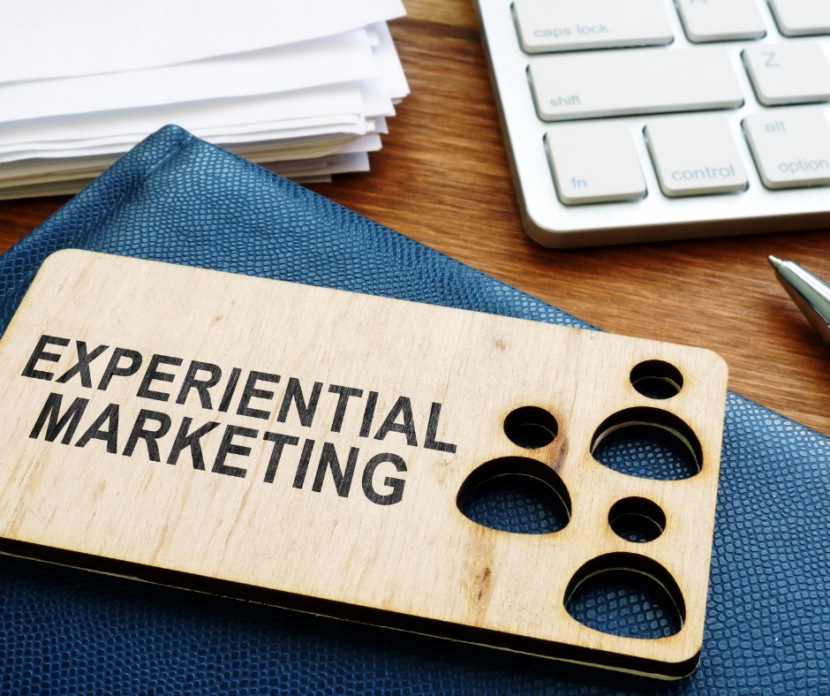Product launching can be one of the most exciting times for a brand. After spending countless hours developing, researching, testing, and fine tuning your ‘baby’, it’s now time to get it on the production line ready for your consumers… but before this happens, you need to cultivate a ‘hype’ around your product.
Experiential marketing is a highly efficient way of creating brand and product awareness. Its an opportunity to excite your demographic with information and product trialing and encourages them into a position to buy.
Whilst it can take time to organize, we’ve come up with some initial key pointers to support you when it’s time to product launch:
1.What are your objectives?
The most successful product launches occur when objectives are clear from the outset. As you define what your launch objectives are, consider how you will problem-solve each one for your product launch design.
For example, if you want to generate more interest in your product on social media, how can you incorporate on-site sharing in your event? If you require a list of prospective leads, what will you offer to incentivize sign-ups?
Understanding what your main objectives are will support and direct your planning efficiently.
2. Create a hype!
Pre-launch and pre-event are the perfect times to run teaser campaigns and adverts on various social media platforms. Teasing your audience about what is coming encourages interest in what you are doing. You can include key dates of the launch and event times but try not to give too much away so people want to physically attend to discover more.
Flyering and leaflet drops are also a useful tool in alluding to an event or new product, particularly if your event is based within one or two locations. Flyering within the vicinity of where your event will be held ensures local consumers get excited about what is happening on their doorstep. This is also a great opportunity to offer discounts and offers in advance of your launch, providing your potential customers with even more incentive to attend your event, or to keep an eye out for your product launch.
The suspense and hype you build will create an urgency to attend and ultimately purchase when your product goes live.
3. Timing is everything.
Most brands opt to launch a product or an event that coincides with an industry event or even a trade or business show. This is often a highly effective route but with the pandemic only just becoming a thing of the past, finding an event that aligns with your product launch may be problematic.
We suggest looking at where your product might sit in the market. Is it seasonal? Is there a national holiday or a special date like Mother’s Day or Valentine’s Day that would be a prime time to launch? Timing is everything based on what would be beneficial to your consumer.
Planning an event or launch can take time, so timing is also key when you begin to release your teaser campaigns and finalizing when your product will be available to buy.
4. Location, Location, Location!
Location is another key to optimizing any campaign. There is no point spending time and money creating a fantastic event if the location is in a low footfall area or away from your key demographic.
Ideally you would also select a venue or location that will showcase your product in the best way. There’s no point selling a highly effective vegan product in a meat market, so consider your space and if it aligns with your brand and what your product is.
5. Everyone involved knows what they are doing.
Every single person involved in your event must be highly trained on your product, who your brand is, how the product works, your company values and what the objective of the experiential campaign is. When an excited potential consumer attends your event, they are going to want to know everything about the product spec and your staff need to be prepared for every question.
Using professional brand ambassadors is a highly effective way of ensuring your event runs smoothly. Product launches and campaigns should be seen as a brand experience, not just to promote a product. All your staff need to understand and personify who your brand is, adopting the attitude and values of the company too.
6. Goodie bags.
People who attend events love ‘goodies’ to take home, especially when they are free! Incorporating the right takeaways at an event can extend the brand impression and maximize the event’s impact. It doesn’t have to be pricey, and it doesn’t have to be outlandish, something quirky whether its tangible or digital content is fine but whatever you give away, it MUST link directly with the product you are launching and your event objectives.
Experiential campaigns spike interest for your product release but they can be used throughout the product’s entire journey or even to support the brand itself. A brand experience isn’t a one-time thing and by including your consumer, you are taking them with your brand on its journey, building loyalty and an engagement that will last long after the event is over.
Customers want to be involved in relationships with brands and like to feel as if they are a part of its successes. Experiential campaigns provide an opportunity for consumers to ‘meet’ the brand and nurture their relationships with them.
If you would like more ideas on how to create an experiential campaign for your product launch or would like to learn more about how our promotional staff can support your upcoming events, get in touch with our team.


